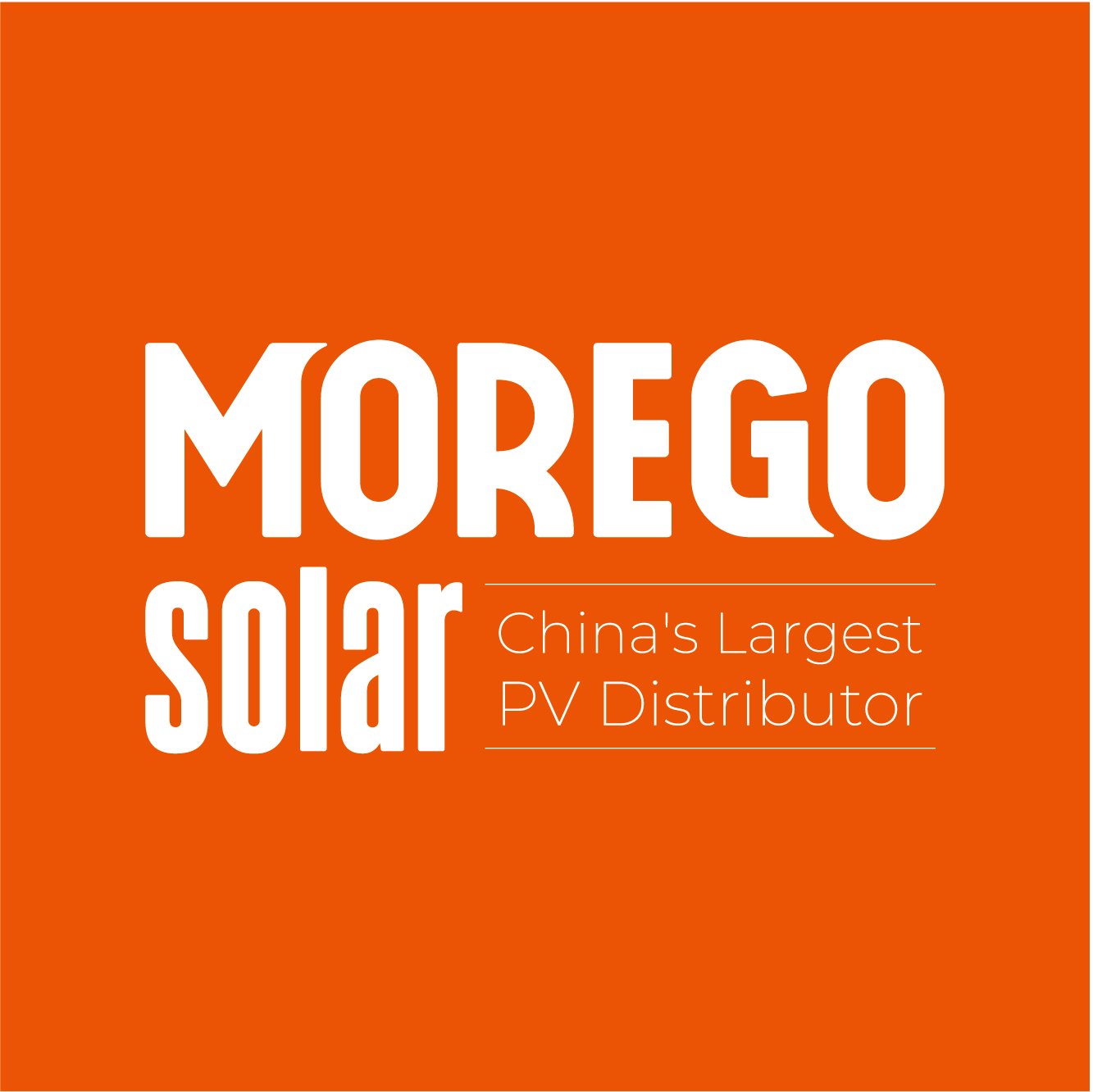Last week, a team led by the Australian government's scientific research agency, the Commonwealth Scientific and Industrial Research Organization (CSIRO), reported a new efficiency record. Claiming to have achieved a "new efficiency record" for fully roll-to-roll printed solar cells, they managed to achieve efficiencies of 15.5% for a single small-area cell, and up to 11% for a large-area module.
"Roll-to-roll printing allows for the solar cells to be manufactured on very long, continuous rolls of plastic, which can dramatically increase the rate of production," explained CSIRO's Renewable Energy Systems Group Leader Dr. Anthony Chesman.
The material used in the study is said to be a chalcogenide solar cell. The material can be configured as an ink for use in industrial printers, and then printed directly onto thin, portable plastic film that can be mounted on virtually any sun-bathed surface, dramatically increasing the number of scenarios in which solar cells can be used.
On the other hand, in the roll-to-roll technology, the researchers used cheaper carbon-based ink instead of expensive gold, which both reduces the production cost of solar cells and ensures the efficiency of solar cell conversion.


As we all know, with the rapid development of the photovoltaic industry, the current international debate on solar cell technology has never stopped. The solar cell technology indeed has its strengths, but for consumers, the most important thing is to pick the most suitable PV products for their needs.
At present, the market of solar cell technology is mainly divided into crystalline silicon cells and amorphous silicon cells of two categories, which is divided into different solar cell varieties. Calcium titanium technology mentioned in the above news belongs to amorphous silicon cell and is one of the most promising solar cell technology. However, at present, crystalline silicon solar cells are still the absolute mainstream technology route on the market, which is dominated by monocrystalline cells. The overall technology route presents three major characteristics: from polycrystalline to monocrystalline, from small size to large size, and from P-type to N-type.


Different cell structures and characteristics are different. Simply put, PERC cell backside passivation improves reflectivity and enhances light capture; TOPCon cell optimizes surface conduction and improves carrier separation efficiency; HJT combines heterogeneous structure to achieve high conversion efficiency; and IBC enhances the overall efficiency of the cell through back-contact design.
From the perspective of process preparation, the more simple the preparation process of the cell technology, the lower the production loss, and the more cost-effective the factory price. 10 steps in total for PERC cell production process; TOPCon than PERC cell more than the addition of thin film deposition link, usually 11-14 steps; IBC cell process route is more variable, mainly reflected in the back motor configuration, the number of processes are different! The preparation process of HJT cells is relatively simple, requiring only 6 steps.
But the more important thing is the conversion efficiency of the cell, the current theoretical limit of conversion efficiency of PERC is 24.5%, TOPCon is 28.7%, HJT is 28.5%, and IBC is slightly higher, 29.1%.
From an enterprise perspective, TOPCon technology is currently the most popular among manufacturers. Jinko Solar, JA, LONGi, Trina, TWsolar, Canadian solar, and other mainstream enterprises have been involved in the HJT cell capacity to climb, and the enterprises that have relevant plan is TWsolar, Canadian solar, etc. Compared with TOPCon and IBC, TOPCon is the most popular technology among manufacturers. Compared with TOPCon and HJT routes, there are fewer manufacturers in the IBC route layout, with LONGi betting on the BC market, IBC's attention has risen sharply. In addition to LONGi, only Aiko and Maxeon have IBC production capacity in the market.
Disclaimer: The information, including but not limited to text, images, and audiovisual content, provided on this website is sourced from the internet and is intended for educational and informational purposes only. It does not constitute any investment advice. If there is any infringement, please contact us promptly, and we will remove it immediately.

